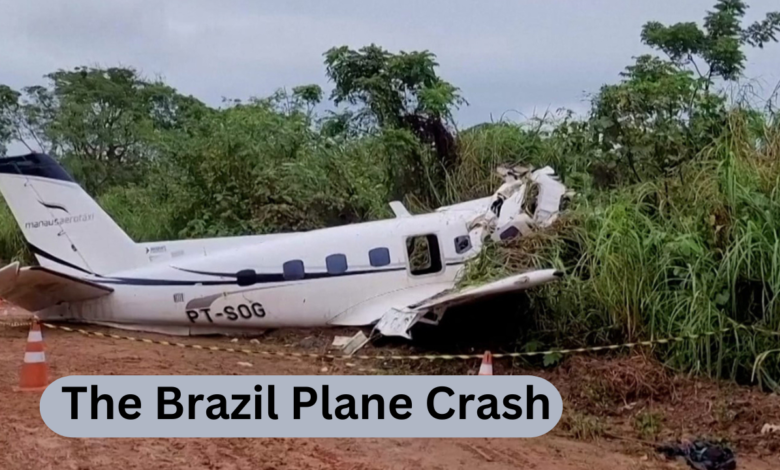The Brazil Plane Crash

On a fateful day, Brazil was struck by a devastating tragedy that shook the nation and the world. The Brazil plane crash, one of the most tragic aviation accidents in recent history, left a lasting impact on the country and raised significant questions about aviation safety, emergency response, and the broader implications of such disasters.
The Incident
The plane, a commercial airliner, was en route from a bustling city in Brazil to another major destination within the country. The flight, which started as a routine journey, turned into a nightmare within a matter of hours. As the aircraft approached its destination, it encountered severe weather conditions, including heavy rain, strong winds, and low visibility. Despite the pilot’s attempts to navigate through the challenging weather, the plane lost control and crashed into a densely populated area.
Eyewitnesses reported hearing a loud explosion as the plane went down, followed by a large plume of smoke rising into the sky. The impact of the crash was catastrophic, with the aircraft breaking into several pieces upon hitting the ground. Fire and rescue teams were immediately dispatched to the scene, but the intensity of the fire and the wreckage made rescue efforts incredibly difficult. Sadly, the majority of passengers and crew members on board lost their lives in the crash, with only a few survivors who were critically injured.
The Aftermath
In the wake of the crash, Brazil was plunged into mourning. Families of the victims, along with the entire nation, grappled with the grief and shock of losing so many lives in such a tragic manner. The disaster also triggered a wave of international sympathy, with messages of condolence pouring in from around the world.
The immediate aftermath of the crash saw an outpouring of support for the victims’ families, with government agencies and non-governmental organizations stepping in to provide assistance. Counseling services were made available to help families cope with the trauma, and memorial services were held to honor those who had perished.
Investigations and Findings
As with any aviation disaster, a thorough investigation was launched to determine the cause of the Brazil plane crash. The investigation was led by Brazil’s National Civil Aviation Agency (ANAC), with support from international aviation experts. The black box, which records flight data and cockpit conversations, was recovered from the wreckage and became a crucial piece of evidence in uncovering what went wrong.
Preliminary findings suggested that the severe weather conditions played a significant role in the crash. However, investigators also examined other potential factors, such as mechanical failures, human error, and air traffic control communications. It was discovered that the plane had encountered turbulence shortly before the crash, which may have contributed to the loss of control.
Additionally, the investigation raised concerns about the airline’s safety protocols and the adequacy of pilot training in dealing with extreme weather conditions. The findings prompted calls for stricter regulations and oversight in the aviation industry, particularly in regions prone to severe weather.
The Broader Impact
The Brazil plane crash had far-reaching consequences beyond the immediate tragedy. It brought to light the vulnerabilities in the aviation sector and sparked a renewed focus on safety measures. The incident underscored the importance of continuous pilot training, especially in handling emergencies and adverse weather conditions.
Moreover, the crash had a significant impact on the affected communities. The area where the plane went down suffered extensive damage, with homes and businesses destroyed in the crash. The survivors and residents of the area faced the daunting task of rebuilding their lives amidst the trauma of the disaster.
In response to the tragedy, Brazil’s government took steps to improve aviation safety standards. This included enhancing weather monitoring systems, revising pilot training programs, and increasing oversight of airlines’ safety practices. The aim was to prevent such a disaster from occurring again and to restore public confidence in air travel.
Conclusion
The Brazil plane crash remains a somber reminder of the unpredictability of life and the ever-present risks associated with aviation. While the disaster led to significant improvements in safety protocols, it also left a profound impact on the nation and the world. As Brazil continues to heal from the tragedy, the memories of those lost in the crash serve as a poignant reminder of the importance of vigilance, preparedness, and resilience in the face of adversity.



